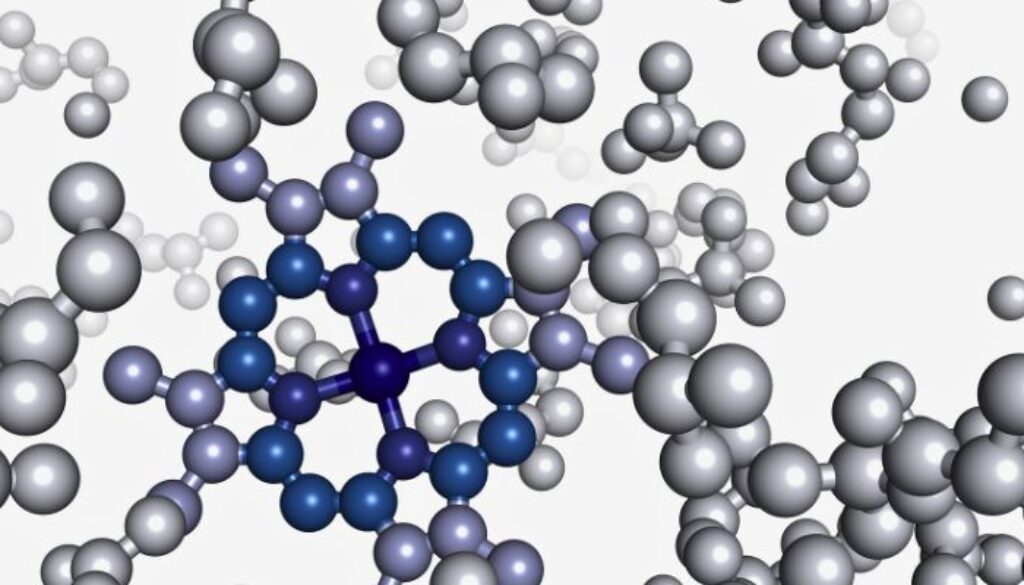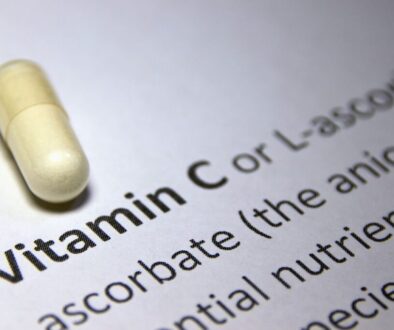7 Surprising Roles Of Extracellular Matrix Proteins Revealed
What if the key to life’s mysteries lies between cells? The extracellular matrix (ECM) might not get much attention, but it’s extraordinary. Composed of extracellular matrix proteins, the ECM does more than provide structural support—it shapes communication, growth, and repair. These proteins guide cell growth, influence immunity, and are crucial in biology and biotechnology. Ignoring them means missing a vital piece of life’s puzzle.
In this article, we’ll uncover seven surprising roles of extracellular matrix proteins. These molecules are key players in life and science. Get ready to explore their fascinating world.
What Are Extracellular Matrix Proteins?
The extracellular matrix (ECM) is more than a structural filler between cells. It’s a complex network of proteins and molecules. The ECM actively interacts with cells to influence their growth, movement, and behavior. ECM proteins are crucial for normal biological functions. They also play a key role in disease progression. This makes them highly important in fields like cell culture and biotechnology.
Extracellular matrix proteins are vital for the structure and function of cells. They provide physical support and help cells communicate. The ECM acts like a biochemical “glue,” strengthening cell attachments. It also regulates essential interactions within the cellular environment.
Key Components Of The Extracellular Matrix (ECM)
The ECM is composed of two main categories of molecules:
- Fibrous proteins: These include collagen, laminin, and fibronectin. They provide structural support. They also help cells attach and move within tissues.
- Proteoglycans: These highly glycosylated proteins are essential for cellular signaling. They also help maintain water balance in tissues.
These components create a dynamic microenvironment. It serves as a structural scaffold and influences cell behavior. It transmits both biochemical and mechanical signals.

The Role Of ECM Proteins In Cell Culture And Tissue Engineering
In research and biotechnology, extracellular matrix proteins are essential. They help replicate natural, in vivo conditions during in vitro experiments. Traditional 2D cell culture methods lack the complexity of living systems. Using ECM proteins improves this. They can be applied as coatings on 2D surfaces or included in 3D cell cultures. This allows cells to grow, differentiate, and behave more like they do in real biological environments.
Recent advancements like pre-mixed ECM coatings and synthetic scaffolds have simplified the process. These innovations save researchers time and improve reliability. This leads to more accurate and efficient studies.
7 Surprising Functions Of Extracellular Matrix Proteins
The ECM is more than just structural support for tissues. It’s an essential element that many people may not recognize. Here are seven surprising ways ECM proteins influence cells and drive scientific research:
Facilitating Cell Adhesion And Growth
The ECM proteins help cells stick to their environment. Proteins like collagen and laminin act as anchors, allowing cells to attach and grow. In cell culture, coating surfaces with ECM proteins improves adhesion and growth. Without these proteins, cells struggle to stick, leading to poor growth and reduced functionality.
Navigating Cell Differentiation
Cell differentiation is when unspecialized cells become specialized, like muscle cells or neurons. Extracellular matrix proteins help guide this process. They send signals that direct cells to mature. For example, laminin is crucial for neural cell differentiation. It helps stem cells turn into functional neurons or glial cells.
Regulating Cell Migration
Cell migration is vital for processes like wound healing and development. During these events, cells travel to specific locations. Proteins like fibronectin and vitronectin in the ECM play a key role. They bind to integrins on the cell surface to guide movement. These pathways ensure cells reach their target areas where they are needed most.
Promoting Cell Proliferation
ECM proteins are crucial for cell growth and division. They interact with surface receptors like integrins. Fibrous proteins, such as collagen, can promote or inhibit cell proliferation. This regulation helps maintain healthy tissue. It also prevents diseases like cancer, where unchecked cell growth can occur.
Advancing 3D Cell Culture Models
Traditional 2D cell cultures have limitations. They often fail to mimic natural cell behavior accurately. Cultivating cells on ECM-coated 2.5D surfaces or in 3D matrices offers a better alternative. This method creates a more realistic and physiologically relevant environment. It allows researchers to observe complex behaviors like differentiation and cell-to-cell interactions. These are impossible to replicate on flat, standard surfaces.
Supporting Cell Signaling And Communication
The ECM is not just a static structure. It actively supports cell signaling and communication. Proteoglycans bind to growth factors and control their release to nearby cells. This drives processes like survival, migration, and apoptosis. Components like laminin and fibronectin are essential in these interactions. They shape how cells work together within tissues.

Modulating Immune Response And Inflammation
Extracellular matrix proteins have a surprising role in influencing the immune system. Proteins like collagen and vitronectin help regulate immune cell activity. They reduce inflammation and support tissue healing after injury. This relationship is a key focus of research. It holds potential for therapies targeting autoimmune diseases and chronic inflammation.
Amniotic membrane allografts, like those from DonorCure, use placental ECM proteins to aid healing. They have anti-inflammatory, antimicrobial, and regenerative properties. These allografts support cell migration, reduce inflammation, and promote tissue repair. They’re ideal for chronic wound care and regeneration.
Frequently Asked Questions
How do extracellular matrix proteins influence cell behavior?
The ECM proteins are key to cell behavior by regulating adhesion, migration, proliferation, and differentiation. They provide structural support and biochemical signals. These signals guide cells to respond to environmental changes. This allows precise and dynamic control of cell activity.
Why are ECM proteins vital in research and biotechnology?
The proteins are essential in research and biotechnology. They help create cell culture systems that mimic in vivo conditions. These systems provide accurate models for studying diseases and testing drugs. They also support the development of regenerative therapies. This drives innovation and improves scientific outcomes.
Which ECM proteins are commonly used in labs?
Specific proteins are widely used in research. They support a range of cellular functions.
- Collagen: Promotes cell growth and differentiation, serving as a key scaffold for many cell types.
- Laminin: Supports the growth of neural and epithelial cells. It helps in their development and maintenance.
- Fibronectin: Enhances cell adhesion and spreading, making it essential for a range of experiments.
- Vitronectin: Supports cell migration and proliferation, particularly in blood and tissue-related research.
These proteins are indispensable tools for creating environments that mimic natural cellular conditions.
Do ECM proteins impact disease progression?
Absolutely. The proteins can both inhibit and promote disease. Changes in collagen structure are linked to cancer spread. Laminin dysfunction is tied to certain genetic disorders.
Why Extracellular Matrix Proteins Deserve The Spotlight In Science And Medicine
Extracellular matrix proteins are essential in cell behavior. They impact adhesion, growth, and immune response. Recent research shows their potential in regenerative medicine and 3D cell culture. These discoveries are leading to new treatments and therapies. Understanding ECM proteins is key to uncovering life’s mechanisms and driving healthcare innovation.
Ready to see how extracellular matrix proteins are transforming real-world healing? Discover the potential of amniotic membrane allografts for wound care at DonorCure.
Heal Ulcers, Burns, & Surgery Wounds With Break-Through Amniotic Allograft Treatments
Experience the future of wound care with our advanced amniotic allograft treatments. Say goodbye to slow healing. Our innovative solutions promote faster recovery from pressure wounds, ulcers, burns, and surgical wounds. Trust the power of science for your healing journey. Regain your comfort and health today! See if you are eligible for treatment here.

About The Author
Corinne Grace is a full-time writer living in the Philippines. She has a nursing degree from Riverside College. Her background in nursing informs her perspective, allowing her to weave in themes of health, empathy, and resilience into her work.




